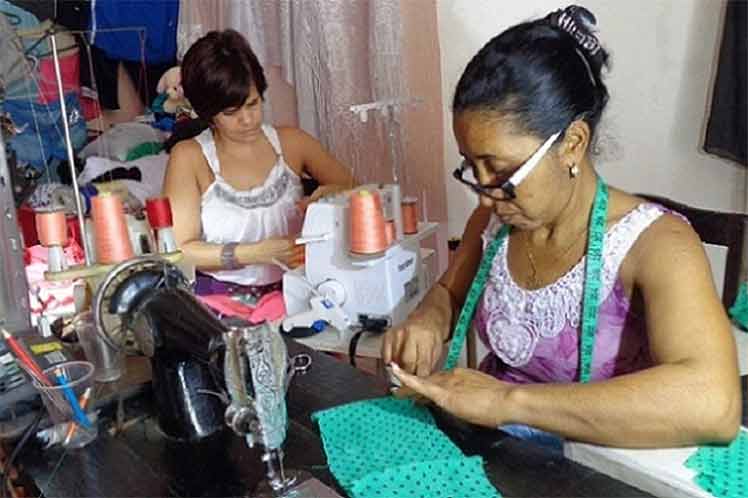Havana, : The new socioeconomic strategy implemented in Cuba includes the development of micro, small and medium-sized enterprises (MSMEs) in both the state and private sectors, Prensa Latina publishes.
According to Cuban Deputy Prime Minister Alejandro Gil, they are working to establish a legal framework that grants them greater autonomy to contribute above all to local and territorial development.
The also head of Economy and Planning emphasized that the development of MSMEs is complemented with the improvement of work in the non-state sector and with the transformations within the business system.
In this sense, he explained, the monetary system will play an essential role by eliminating the monetary and exchange duality, which constitute an obstacle to the development of the country, since they favor imports to the detriment of national production.
Precisely, this reorganization process seeks to increase business efficiency, based on the stimulation of exports and the consumption of local goods.
The head of the Permanent Commission for the Implementation and Development of the Guidelines of the Communist Party of Cuba, Marino Murillo, pointed out the day before that the monetary and exchange unification, as well as the consequent devaluation of the national currency, will favor the use of inputs produced in the island.
The official referred to the benefits of equalizing the exchange rate, since currently at the business level a Cuban convertible peso (CUC) is equivalent to one dollar, and this encourages the purchase of raw materials outside the country.
This means that all exporting companies will improve their situation, some will double or triple their profits, according to the forecasts made.
The business system will have much more potential, but it will have to be more efficient, said the manager, who reported on how the State will address the losses of these companies for only one year to avoid unemployment.
Both authorities participated this Wednesday in the television program Round Table, where they clarified how the monetary order of the country seeks to resolve macroeconomic imbalances, reduce budget deficits and favor production incentives.
This procedure also includes a salary and pension reform capable of making it easier for citizens to acquire goods and services in the face of the foreseeable increase in wholesale and retail prices, a consequence of the devaluation of the local currency.
Currently in Cuba two currencies circulate legally with different exchange rates, one for natural persons (25 pesos = 1 CUC = 1 dollar) and another for companies (1 CUC = 1 peso = 1 dollar), which generates confusion in measurements of the real costs of doing business and distorts profitability analyzes.

